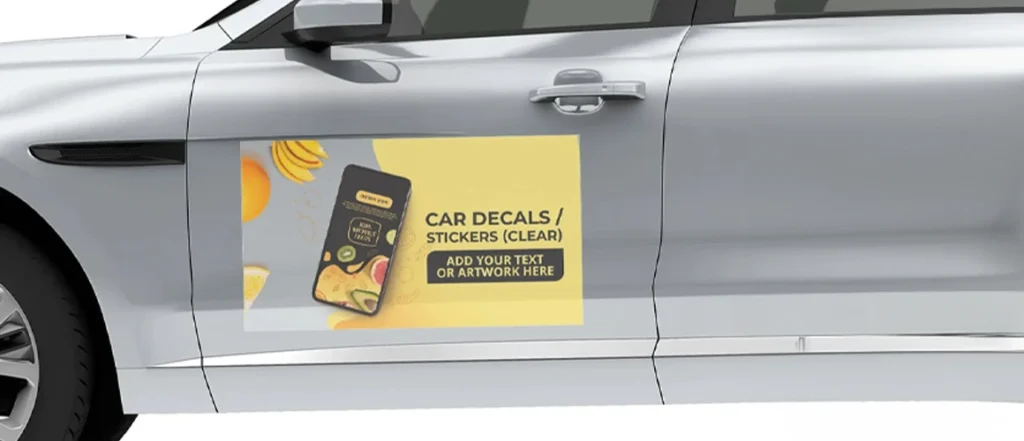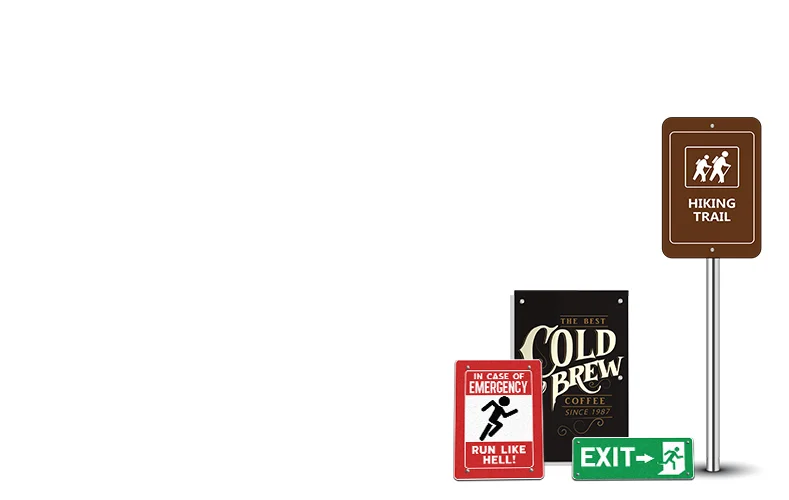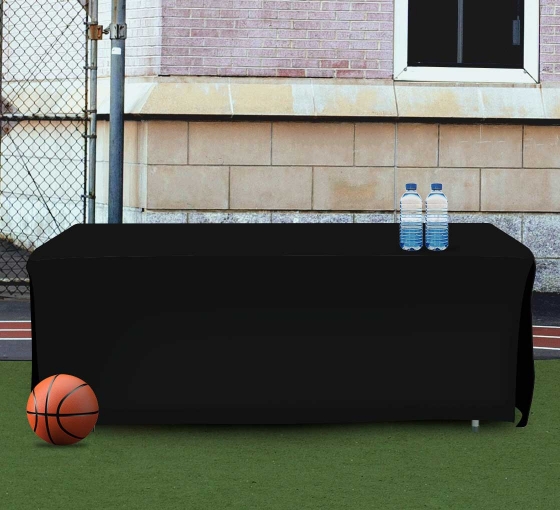
In the world of business branding, marketing, and personalisation, decals have emerged as an incredibly versatile tool. From promotional materials to shop windows, they offer a unique blend of utility and style. Yet, when deciding which decal is ideal for your business or personal needs, the debate between adhesive vs non-adhesive decals often arises. Each type brings its own strengths and is suited for different applications. Understanding these differences can help you make an informed choice, saving time, effort, and money.
To choose between adhesive and non-adhesive decals goes beyond simply picking a sticker or static cling. It’s about matching your needs with the strengths of each type. If you need a long-lasting promotional sign for your storefront, adhesive decals are the right choice. For seasonal campaigns or reusable designs, non-adhesive decals are ideal. To understand their features, uses, and application methods helps you make an informed decision. Consider factors like durability and car decal adhesion strength when making your choice.
Questions to Consider Before Choosing a Decal
1. What is the purpose of the decal?
Is it for temporary use, like a seasonal promotion, or long-term branding on vehicles or windows?
2. What type of surface are you applying it to?
Will it be placed on smooth glass, textured walls, or a car’s exterior?
3. How important is reusability?
Are you looking for something that can be removed and reused multiple times, or is it a one-time application?
Adhesive vs. Non-Adhesive Decals: A Quick Comparison
| Aspect | Adhesive Decals | Non-Adhesive Decals |
| Adhesion Mechanism | Pressure-sensitive adhesive backing. | Static cling; no adhesive required. |
| Durability | Designed for long-term use. | Best for short-term or temporary use. |
| Reusability | Typically single-use. | It can be removed and reused multiple times. |
| Application Surface | Works on most surfaces, including textured ones. | Limited to smooth, non-porous surfaces. |
| Residue on Removal | May leave adhesive residue. | Completely residue-free. |
| Ideal Use Cases | Vehicle branding, outdoor signage. | Temporary promotions, seasonal campaigns. |
Now, let’s take a deeper look into the specifics of adhesive decals and non-adhesive decals, starting with adhesive decals.
What Are Adhesive Decals?

Adhesive decals, as the name suggests, rely on a pressure-sensitive adhesive layer to bond firmly with a surface. They are often created using techniques like eco-solvent printing decals, which ensure vibrant colors and long-lasting durability for both indoor and outdoor applications. These are often used for long-term applications, offering high durability and resistance to outdoor elements like rain, wind, and UV exposure. Common examples include vehicle decals, storefront branding, and custom designs for machinery.
Key Features of Adhesive Decals
- Strong Bond: Adhesive decals are designed to stick securely, even in challenging conditions like high-speed driving or direct sunlight.
- Versatile Application: Suitable for a variety of surfaces, including glass, metal, plastic, and even slightly textured surfaces.
- Customization: Comes in various shapes, sizes, and finishes (matte, glossy, or transparent), making them highly adaptable for branding.
Ideal Use Cases for Adhesive Decals
- Vehicle Branding: Adhesive car decals are perfect for permanent or semi-permanent logos, designs, and messages on vehicles, including truck decals for business fleet branding.
- Storefront Displays: Durable adhesive window decals are excellent for long-term promotional messages or branding.
- Safety Signage: Used for compliance signs, hazard warnings, or instructions on industrial equipment.
Next, we’ll explore non-adhesive decals and how they compare to adhesive decals.
What Are Non-Adhesive Decals?

Non-adhesive decals, often referred to as static clings, do not use any glue or adhesive to stick to surfaces. They are commonly utilized in applications like car window decals for temporary placement and residue-free removal. Instead, they rely on static electricity to adhere to smooth, non-porous surfaces such as glass or polished metal. These decals are best suited for short-term campaigns or when reusability is required.
Key Features of Non-Adhesive Decals
- Reusable and Adjustable: Unlike adhesive decals, static clings can be removed and reapplied multiple times without losing their effectiveness.
- Residue-Free Removal: Since there’s no adhesive, these decals leave no sticky residue behind, making them ideal for temporary use.
- Simple Installation: Non-adhesive decals are quick to install and reposition, making them user-friendly for frequent changes.
Ideal Use Cases for Non-Adhesive Decals
- Seasonal Promotions: Perfect for holiday-themed campaigns, such as Christmas or Valentine’s Day sales.
- Reusable Car Window Decals: These allow for easy swapping of messages or designs.
- Event Signage: Temporary event signage that needs to be installed and removed quickly.
Decal Application Methods: What You Need to Know
Proper application can make or break the effectiveness of your decals. Here’s a breakdown of how to handle both types effectively:
For Adhesive Decals:
- Ensure the surface is clean, dry, and free of grease or dust.
- Use masking tape as a guide to position the decal before applying it.
- Start peeling the backing from one corner and press the decal firmly as you go, smoothing out air bubbles with a squeegee.
For Non-Adhesive Decals:
- Clean the surface thoroughly and dampen it slightly with water.
- Place the decal onto the surface and slide it into position if needed.
- Use a soft cloth to press it down and remove any water or air trapped underneath.
Which Decal Is Right for You?
The choice between adhesive and non-adhesive decals depends largely on your intended use:
Choose Adhesive Decals If:
- You need a long-lasting, weather-resistant option.
- The decal will be applied to textured or irregular surfaces.
- Residue after removal isn’t a significant concern.
Choose Non-Adhesive Decals If:
- Reusability is a priority.
- The decal is for short-term or seasonal campaigns.
- You want a residue-free option.
The Right Decal for Your Business Needs
When it comes to adhesive vs non-adhesive decals, the decision boils down to your specific needs, application surface, and branding goals. Adhesive decals shine in durability and versatility, making them ideal for permanent displays and vehicle decals. On the other hand, non-adhesive decals offer unmatched reusability, perfect for temporary promotions and seasonal campaigns. By weighing the strengths of each type and considering factors like adhesion strength and reusability, you can confidently select the decal that best meets your business requirements.
To understand the difference between adhesive and static decals is key to choose the right product for your branding needs. Whether you’re opting for a long-term solution like adhesive decals or a short-term, reusable option like static decals, knowing their advantages will help you make an informed decision for your business.
Written By BannerBuzz Editorial Team.
























 Posted in
Posted in 









